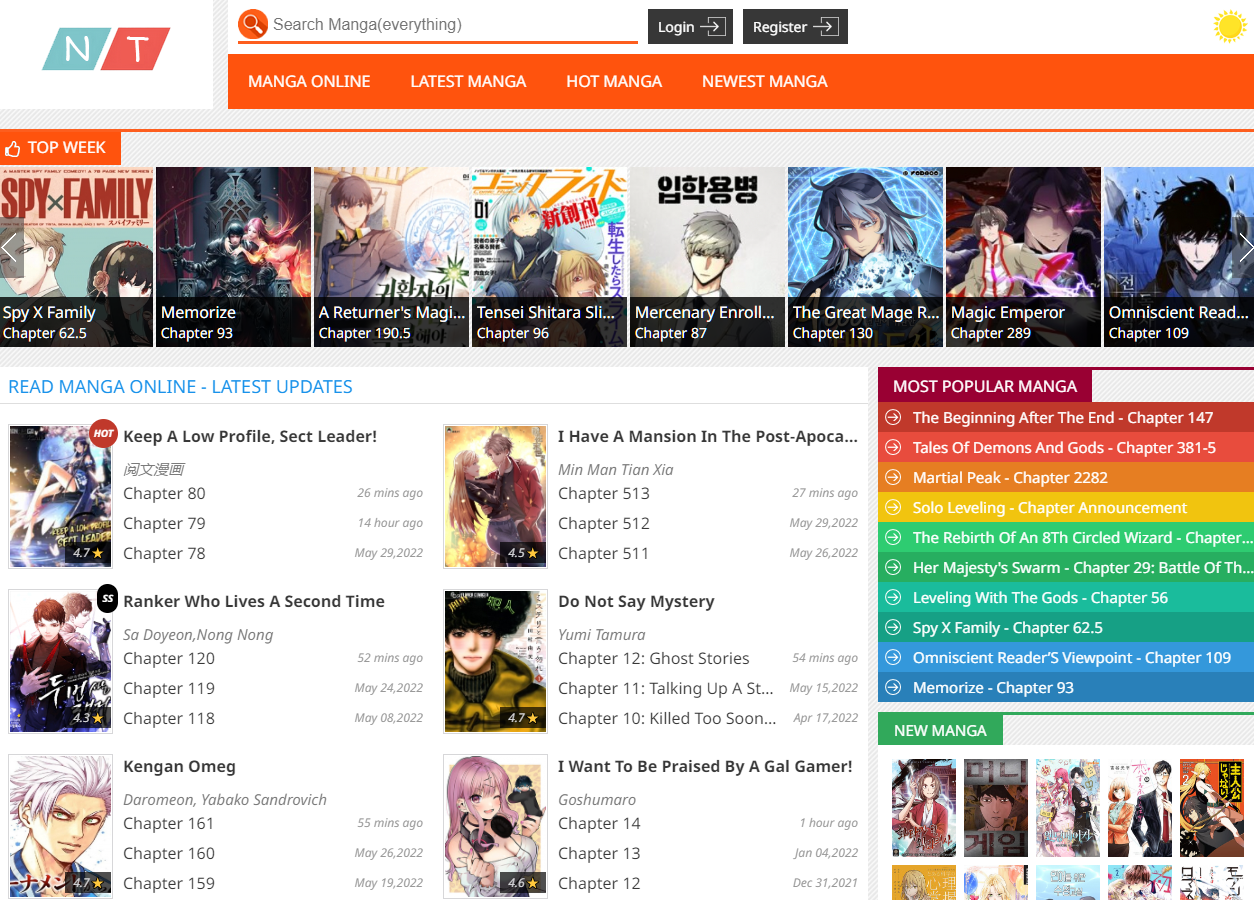🌟 Dịch Vụ Chất Lượng Cao 🌟
✓ 301 Redirect: Chuyển hướng domain an toàn, giữ nguyên giá trị SEO
✓ Guest Post: Đăng bài chất lượng trên các website uy tín
✓ Hỗ trợ tư vấn 24/7
✓ Báo giá cạnh tranh
✓ Thời gian xử lý nhanh chóng
📱 Liên hệ ngay qua Telegram: @subdomaingov
⚡ Hỗ trợ tư vấn miễn phí
manganato
₫9.653.313
Manganelo: Your Daily Manga Adventure Awaits
Product description
Discovering the Heartfelt Journey of Love - Manga Summary Ano Natsu De Matteru
Manga summary Ano Natsu De Matteru is a captivating tale that combines romance, friendship, and self-discovery. This series has captured the hearts of many readers with its beautiful art and relatable characters. In this article, we will delve deeper into its storyline, character development, thematic elements, and the overall impact it has had on its audience.
A Glimpse into the Story
The story of Ano Natsu De Matteru centers around Kaito Kirishima, an aspiring filmmaker who is determined to create a movie during his summer vacation. As part of his project, he enlists the help of several friends, including the mysterious and ethereal girl named Remon Yamano. Together, they navigate the complexities of youth, love, and unfulfilled dreams against the backdrop of warm summer days.
This heartfelt narrative begins with Kaito's passion for filmmaking, which serves as a metaphor for his desire to capture fleeting moments in life. As the story unfolds, Kaito encounters various challenges that reflect the struggles of adolescence. The twist comes when Remon reveals her true identity, adding layers of depth to the plot.
The Protagonist's Quest for Identity
Kaito Kirishima stands out as a relatable protagonist. His journey reflects the search for one's identity and purpose, themes that resonate with many young adults today.
Exploring Kaito’s Passion for Filmmaking
Kaito's ambition to create a film showcases his creative spirit and determination. He embodies the idea that passions can offer direction and meaning in life, especially during uncertain times. Through his lens, we see how memories are constructed and preserved, akin to how individuals carve their identities through experiences.
Additionally, Kaito faces challenges typical to a budding artist. The fear of failure and self-doubt bubbles beneath his confident façade, making him a multidimensional character. As he grapples with these emotions, readers sympathize with his plight, fostering a strong connection.
Navigating Friendships and Relationships
As Kaito works on his film project, he draws together a diverse group of friends who contribute their unique talents. These friendships serve as a vital support system and illustrate the beauty of collaboration.
The dynamics between Kaito and his friends evoke a sense of nostalgia—reminding readers of their own youthful bonds. Through laughter, arguments, and shared moments, they create lasting memories that parallel Kaito's cinematic aspirations. The interactions reveal not just the fun side of friendship but also the intense emotions that accompany such relationships.
The Role of Remon Yamano
Remon presents an enigmatic presence that captivates both Kaito and the audience. Her character embodies mystery and allure, serving as a catalyst for Kaito's transformation. Remon's motivations drive the narrative forward, pulling Kaito and his friends deeper into the intricacies of love and longing.
As the story progresses, Remon's true identity is unveiled, revealing the complexities of her existence. This revelation adds a poignant dimension to the plot, highlighting themes of acceptance and understanding. Readers are left questioning the nature of reality and identity—a reflection of their own lives.
Themes of Love, Loss, and Self-Discovery
At its core, Ano Natsu De Matteru explores profound themes that resonate with its audience. The interplay between love and loss drives the narrative, prompting readers to contemplate the transient nature of life and relationships.
The Nature of Young Love
Young love often feels exhilarating yet daunting, and this manga portrays that beautifully. Kaito’s feelings for Remon are portrayed authentically, reflecting the sweet confusion and intensity that come with first love.
The Complexity of Emotions
Kaito's feelings for Remon are multifaceted, ranging from deep admiration to insecurity. This complexity illustrates the struggle to understand oneself while navigating emotions towards another person. Readers witness Kaito’s internal battles, evoking empathy and reminding them of their own romantic experiences.
Moreover, the push-and-pull dynamic in their relationship mirrors real-life romantic tensions, offering a realistic portrayal of youth. The moments of joy are interspersed with doubt and fear of rejection, creating an authentic emotional rollercoaster.
The Power of Communication
Communication—or the lack thereof—plays a critical role in Kaito and Remon’s relationship. Misunderstandings arise, leading to conflict and heartache. The narrative emphasizes the importance of open dialogue in relationships, illustrating that assumptions can lead to unnecessary pain.
Kaito's hesitance to express his feelings is a common theme among many young adults. As he learns to communicate more openly, readers observe his growth and maturity. This exploration of communication extends beyond romance, touching on friendships and family dynamics as well.
Coping with Loss and Regret
Loss is a recurring motif throughout the series, adding weight to the otherwise lighthearted atmosphere. Characters grapple with the inevitability of change and the passage of time, evoking a sense of bittersweet nostalgia.
Reflecting on Memories
Kaito’s filmmaking serves as a means of preserving memories, paralleling how people often cling to moments from their past. Throughout the manga, the characters reflect on their experiences, cherishing both the joyful and painful memories.
This introspection highlights the bittersweet nature of nostalgia, where one longs for moments gone by yet appreciates the lessons learned. Readers are prompted to consider their own memories and what they mean to them, reinforcing the connection between fiction and personal experience.
Accepting Change
Ultimately, the characters learn that change is an inevitable part of life. As summer comes to an end, they must confront their fears of moving forward. The ability to accept change becomes a significant theme, emphasizing resilience and adaptability.
This realization is poignant, especially for young adults transitioning into adulthood. It serves as a powerful reminder that while endings can feel painful, they also pave the way for new beginnings.
The Artistic Elements of the Manga
The artistry of Ano Natsu De Matteru plays a crucial role in conveying its emotional weight. The visuals complement the narrative, enriching the reader's experience and enhancing engagement.
Art Style and Visual Storytelling
The manga employs a distinctive art style that captures the essence of summer—vibrant colors, lush landscapes, and expressive character designs transport readers into Kaito's world.
Evoking Emotion through Imagery
The use of imagery is particularly effective in portraying emotions. Subtle details, such as a character's expression or the backdrop of a sunset, can convey underlying feelings without the need for words. This visual storytelling creates a rich tapestry of emotion that resonates deeply with readers.
For instance, scenes depicting the warmth of summer contrast sharply with moments of melancholy, effectively communicating the highs and lows of youth. The illustrations act as a bridge connecting the audience to the characters' emotional journeys.
Symbolism and Metaphors
Throughout the manga, symbolism is employed to deepen the narrative. Objects, settings, and actions often carry layered meanings that enhance character development and thematic exploration.
For example, Kaito's camera symbolizes his desire to capture fleeting moments, while the changing seasons represent the passage of time and the inevitability of change. These symbols invite readers to engage critically with the text, elevating the reading experience.
Character Designs and Development
Character designs in Ano Natsu De Matteru reflect each individual’s personality and role within the story. From Kaito’s earnest demeanor to Remon’s playful charm, each design reinforces their traits and relationships.
Growth and Evolution
As the narrative unfolds, the characters evolve significantly. Kaito transforms from a naive dreamer to a more self-assured individual, illustrating the impact of experiences on personal growth.
Moreover, the supporting characters also undergo their own transformations, further enriching the narrative. Through friendships, heartbreaks, and revelations, every character adds depth to the story, creating a well-rounded ensemble that readers can relate to.
The Importance of Background Elements
Sets and backgrounds play a key role in establishing mood and context. The summer setting acts as a canvas for the characters’ experiences, capturing the vibrancy of youth. Each location—from bustling streets to serene beaches—contributes to the overall tone and atmosphere of the story.
By carefully crafting these details, the creators immerse readers in a world that feels alive, where every moment carries significance.
FAQs about Manga Summary Ano Natsu De Matteru
What is the main theme of Ano Natsu De Matteru?
The primary theme revolves around love, friendship, and the quest for identity. The protagonists navigate the complexities of emotions, communication, and acceptance while facing the inevitability of change.
Who are the main characters in the manga?
The central characters include Kaito Kirishima, an aspiring filmmaker; Remon Yamano, a mysterious girl aiding him; and a close-knit group of friends who contribute to Kaito’s film project, each bringing their unique qualities to the narrative.
How does the manga handle the concept of loss?
Ano Natsu De Matteru poignantly explores loss as a crucial part of life. Characters reflect on memories, encounter change, and learn to cope with the bittersweetness of moving forward while cherishing past experiences.
Is the art style significant to the story?
Yes, the art style enhances the emotional depth of the narrative. The vivid imagery and expressive character designs play a crucial role in visual storytelling, helping convey complex emotions and themes.
What can readers take away from the manga?
Readers are encouraged to reflect on their own experiences of love, friendship, and identity. The themes of growth, acceptance, and the power of memories resonate deeply, offering valuable insights into the human experience.
Conclusion
In conclusion, the Manga summary Ano Natsu De Matteru brings forth a compelling narrative filled with warmth, nostalgia, and self-discovery. With its engaging story arc, memorable characters, and beautiful artistic elements, the series resonates with readers of all ages. By intertwining themes of love, loss, and the importance of embracing change, it serves as a poignant reminder of the fleeting nature of youth and the value of cherished memories. Whether you’re a seasoned manga reader or new to this form of storytelling, Ano Natsu De Matteru offers a heartfelt experience that lingers long after the final page is turned.
Read Full: one punch manga







